Originally shared by Jesse Day
Skunk Works: The Dark Side
First of all, I would like to thank the Air and Space Smithsonian for their cooperation and help with delving into the dark waters of Lockheed Martin, as well as the fantastic Director at The Motley Fool for his involvement in getting information that was so difficult to find.
This article series will explore the different ages of Skunk Works, its purpose, the development of the department, the founders and, of course, the creations.
Part I: Introduction and Exploration
Part II: To War
Part III: Where Are They Now?
———–
Part I: Introduction and Exploration
Iraq, 1991.
Dark, brooding, senseless. Something out of a nightmare infused with a cold splash of reality, angular, deceptive, a demon of the air. It could rain hell and no one would be the wiser to see this fiend of the night. This was the F-117, an aircraft that defied every engineer’s training, something that shouldn’t even get off the ground, let alone revolutionize stealth technology and weapons development. It looked like a common bird on enemy radar, yet spanned 43 feet from wingtip to wingtip. It was a riddler, a bird that would confuse anyone who was privileged enough to see it. A masterpiece of design, developed in secret and hidden for years; but if this was the masterpiece, who was the artist?
53 years earlier
World War II and the conflict that it incurred set a precedent for technology and innovation unlike any other. With a growing Axis threat looming on the horizon, and massive air casualties being sustained by the Allies, the American war machine had to once again be revolutionized. To compete with German fighters, the United States Army Air Corps requested a high speed, high altitude fighter from Lockheed Aircraft Corporation. The company was in the middle of building the Hudson reconnaissance bomber, part of a British air force contract, and had very little manpower to spare. The management assigned a minimalist assortment of engineers to draw up and start developing the prototype that would become the P-38 Lightning. Kelly Johnson, an engineer at the time, ordered that the group of developers be set apart, off limits to the rest of the Lockheed workers, in a separate part of the Lockheed building. Secrecy and elitism became the norm for these engineers, and an ideal of independence was formed that would set the precedent for the future Skunk Works.
The P-38 was developed in secret, and it boasted revolutionary designs. A joggled aluminium skin, which would have less drag in-flight and yield greater strength with lesser mass. It had the top speed of any fighter in history up to that point, screaming out at 400 mph. The engineers designed a drop tank sytem that would make the P-38’s range even more impressive, taking it from 1,300 mi to 1,770 mi. What set the development of this system aside from others is it was done without a contract. Secrecy is all that mattered to this group, and the idea stuck.
The boys at this secretive department needed a name, and many theories abound as to how they arrived at Skunk Works. Many say an engineer answered the department telephone once and addressed himself as “Skonk Works”. Others say it was just a nickname given by locals complaining from the aircraft fumes. Whatever the real reason for this peculiar name, Lockheed Martin has its own official story to how it all began.
The wartime satirical comic “Li’l Abner” featured hillbillies, log cabins, and World War II. It also featured moonshine and bandits. Lockheed insists the name “Skunk Works” originated from a moonshine distillery in the comical series, a reference to the actual description of the phrase. According to the Webster Dictionary, the term “skunkworks” means ‘a group within an organization given a high degree of autonomy, tasked with advanced or otherwise secret projects.’ This certainly was the case with the little group of engineers who created the P-38, but the official Lockheed story is a little different.
The company asserts that the idea of a Skunk Works happened later, in 1943, during the height of the war. They maintain that the United States Army Air Force came to them asking for a jet fighter, and that Lockheed developed the XP-80 around a British Goblin jet engine. The contract for the XP-80 didn’t come till about four months into the development of the aircraft, a practice that would become commonplace with this department. Whether or not this was the beginning of the Skunk Works is unknown, but there is no doubt the P-38 was developed in secret and yielded innovative and previously unexplored technologies.
Skunk Works was solidly in place, having set in stone their reliability and unconventional methods. The company as a whole moved on after the war, developing aircraft in plain sight while creating others in secret.
To be continued…
Fun Fact
The first Native American female engineer, Mary G. Ross, was one of the 40 founding engineers at Skunk Works.
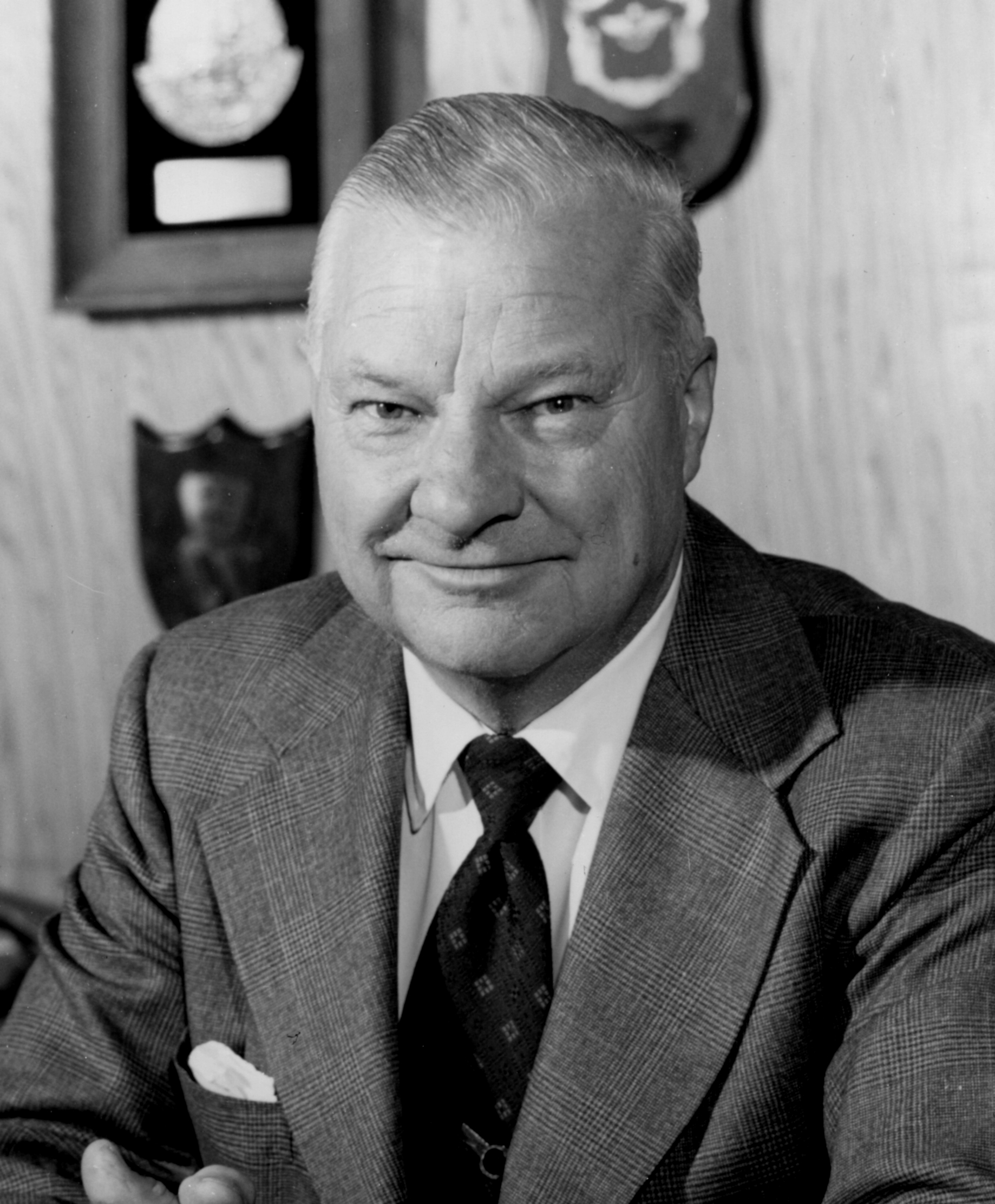
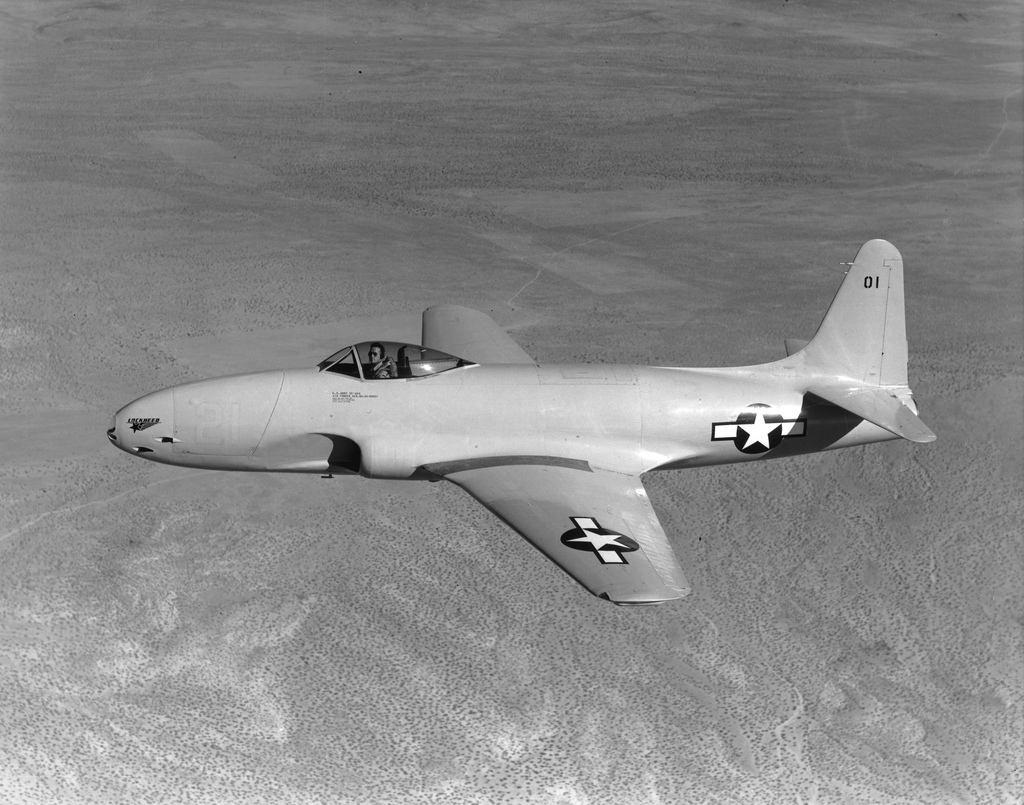


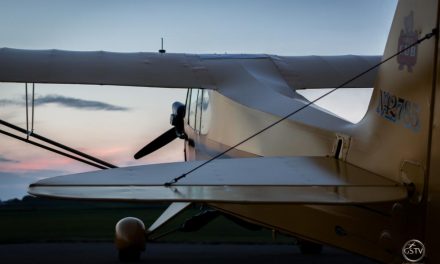
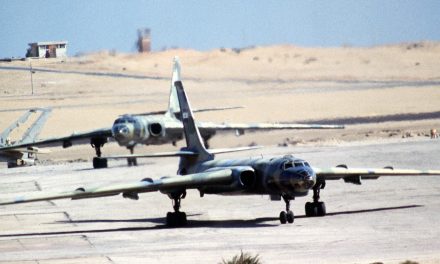
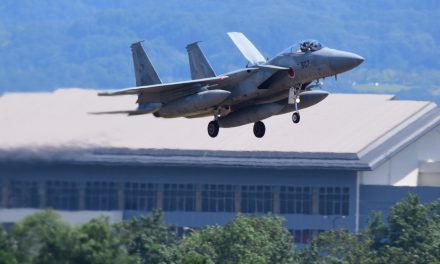
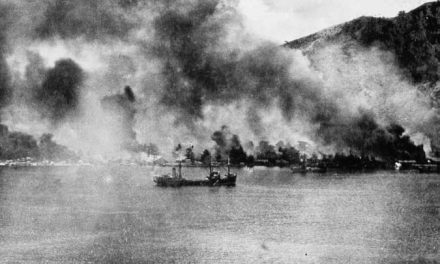
Recent Comments